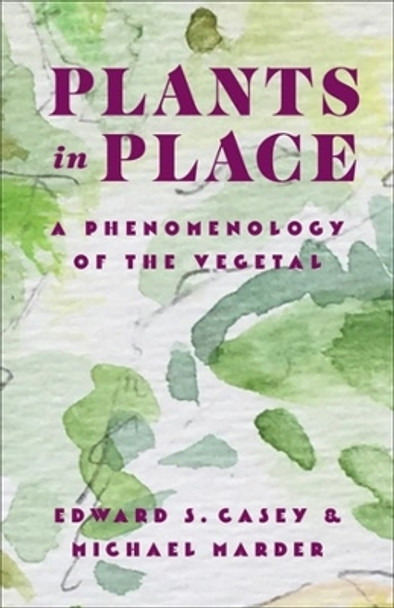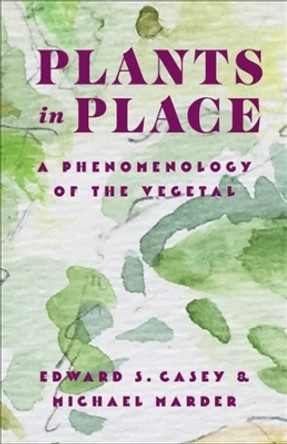Description
Examining these questions and many more, Plants in Place is a collaborative study of vegetal phenomenology at the intersection of Edward S. Casey's phenomenology of place and Michael Marder's plant-thinking. It focuses on both the microlevel of the dynamic constitution of plant edges or a child's engagement with moss and the macrolevel of habitats that include the sociality of trees. This compelling portrait of plants and their places provides readers with new ways to appreciate the complexity and vitality of vegetal life. Eloquent, descriptively rich, and insightful, the book also shows how the worlds of plants can enhance our understanding and experience of place more broadly.
About the Author
Edward S. Casey is Distinguished Professor of Philosophy Emeritus at the State University of New York at Stony Brook. His many books include, most recently, Turning Emotion Inside Out: Affective Life Beyond the Subject (2021) and The World on Edge (2017).
Michael Marder is IKERBASQUE Research Professor in the Department of Philosophy at the University of the Basque Country (UPV-EHU), Spain. His previous Columbia University Press books include Political Categories: Thinking Beyond Concepts (2019) and Plant-Thinking: A Philosophy of Vegetal Life (2013).
Reviews
Brilliant and astounding. Casey and Marder revolutionize our notion of place through a meditation on the being of plants. Place becomes a dynamic symbiosis with vegetal life such that it cannot be measured, quantified, or mastered. Nothing short of a paradigm shift in the way we think about both plants and place. -- Kelly Oliver, author of Earth and World: Philosophy After the Apollo Missions
This singular work is not only timely but also vitally important in this age of planetary environmental crisis and existential estrangement from the Earth itself. The product of a unique collaboration between two prominent philosophers, Casey and Marder's Plants in Place enables us to reimagine our natural interconnectedness, spurring us on to be more actively engaged with not only the preservation of plant-beings and the myriad other entities that depend on them for their very life, but also with the immense pleasure that attends our interaction with the vegetal world. -- Brian Schroeder, Rochester Institute of Technology
In this extraordinary book, two of our most respected and inspiring contemporary philosophers invite us to new paths of thought regarding the mystery of places. In their phytophenomenology, they disclose how places are plants, multidirectional flourishing, upward and downward branching, spreading in the open air and in the night of the underground. Traditional distinctions between mobility and immobility, place and time, measure and the measureless lose their evidence. From the viewpoint of the placiality of plants, of the mysterious ways a plant shows the taking place of places, this book shakes dominant presuppositions about what it means to be in places and to be a place. Discovering how places are plants and planted rather than occupied and planned, how they are emergences and not only constructions, this book asks humans to learn to be with plant places and to find new modes of coexistence: an urgent task. -- Marcia Sa Cavalcante Schuback, Soedertoern University, Sweden
Plants in Place is a philosophically exciting book that provokes and inspires. Casey and Marder explore the relation between plants and place, and the interconnection of plants with places, in the process articulating an innovative philosophical vision that offers a new way of seeing and thinking about the world. -- Jeff Malpas, author of In the Brightness of Place: Topological Thinking In and After Heidegger
Book Information
ISBN 9780231213455
Author Edward S. Casey
Format Paperback
Page Count 208
Imprint Columbia University Press
Publisher Columbia University Press










